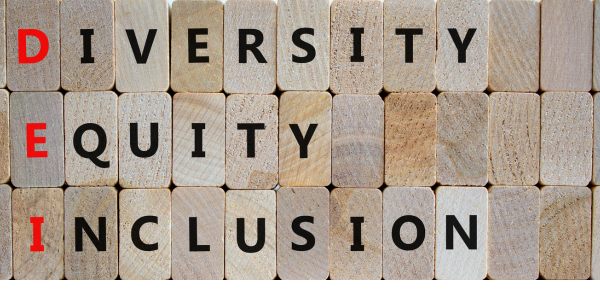 Welcome to our blog, where we are going to talk about the vital topic of diversity, equity, and inclusion within the realm of education technology. As technology plays an increasingly prominent role in classrooms and remote learning environments, it is crucial to ensure that these tools and platforms promote diversity, foster equity, and embrace inclusivity. In this article, we delve into the significance of DEI in education technology and discuss how it can transform the learning experience for all students. Let’s embark on a journey to understand how we can create an educational landscape that celebrates diversity, ensures equitable access, and cultivates an inclusive environment.
Welcome to our blog, where we are going to talk about the vital topic of diversity, equity, and inclusion within the realm of education technology. As technology plays an increasingly prominent role in classrooms and remote learning environments, it is crucial to ensure that these tools and platforms promote diversity, foster equity, and embrace inclusivity. In this article, we delve into the significance of DEI in education technology and discuss how it can transform the learning experience for all students. Let’s embark on a journey to understand how we can create an educational landscape that celebrates diversity, ensures equitable access, and cultivates an inclusive environment.
Education Technology and Its Impact on DEI:
Education technology has the potential to be a powerful tool for fostering diversity, equity, and inclusion within educational settings. It can bridge gaps, provide equal opportunities, and amplify underrepresented voices. However, it is essential to critically evaluate the design, development, and implementation of these tools to ensure that they align with DEI principles.
Diversity: Education technology should reflect and celebrate the diversity of the student population it serves. It should encompass diverse perspectives, cultures, languages, and learning styles. By incorporating diverse content and experiences, technology can broaden students’ horizons and promote a deeper understanding and appreciation of different cultures and backgrounds.
Equity: One of the key goals of education technology is to provide equitable access to education for all students. This means addressing the digital divide, ensuring affordability and accessibility of devices and internet connectivity, and designing inclusive interfaces and platforms that cater to diverse learners. By removing barriers and providing equal opportunities, education technology can level the playing field and empower students from all backgrounds.
Inclusion: Inclusive education technology should create a safe and welcoming environment where every student feels valued and represented. It should prioritize accessibility features for students with disabilities, promote collaboration and participation, and mitigate biases in algorithms and data. By fostering an inclusive learning environment, technology can cultivate empathy, promote dialogue, and foster a sense of belonging among students.
Also Read: Diversity in the Workplace: The Complete 2023 Guide
Best Practices for DEI in Education Technology:
To effectively incorporate DEI principles in education technology, the following best practices should be considered:
- Engage diverse stakeholders: Involve diverse voices, including students, educators, parents, and community members, in the development and decision-making processes. Their perspectives and experiences are crucial in designing technology that meets the needs of a diverse user base.
- Conduct regular audits: Regularly evaluate education technology tools and platforms to identify and address potential biases, stereotypes, or exclusionary practices. Conduct thorough content reviews and ensure that the tools align with inclusive pedagogical approaches.
- Provide professional development: Offer training and support for educators to effectively integrate DEI practices into their use of education technology. Empower educators to create inclusive learning environments that leverage technology to promote diversity and equity.
- Continuously gather feedback: Encourage feedback from users and create channels for students, educators, and administrators to provide input on the design and implementation of education technology. Regularly assess the impact of technology on students’ experiences to make necessary improvements.
Also Read: Inclusivity Will Be In Limelight!
Diversity, equity, and inclusion are fundamental pillars of a truly transformative and equitable education system. By consciously incorporating DEI principles into education technology, we can create an educational landscape that embraces the rich diversity of our students, ensures equitable access to quality education, and fosters an inclusive environment where every learner can thrive. Let’s seize the opportunity to leverage technology as a catalyst for positive change, empowering students and shaping a more inclusive future in education.

























